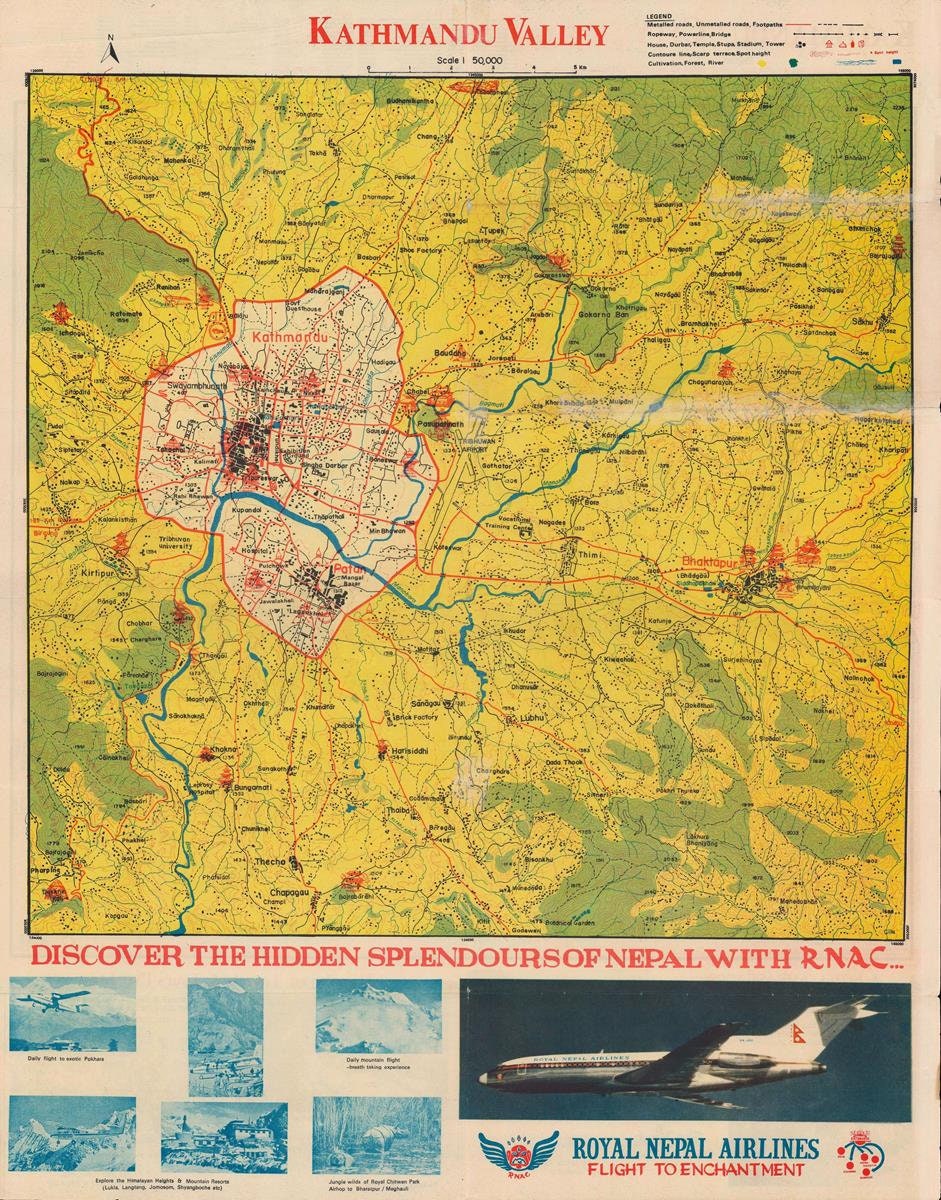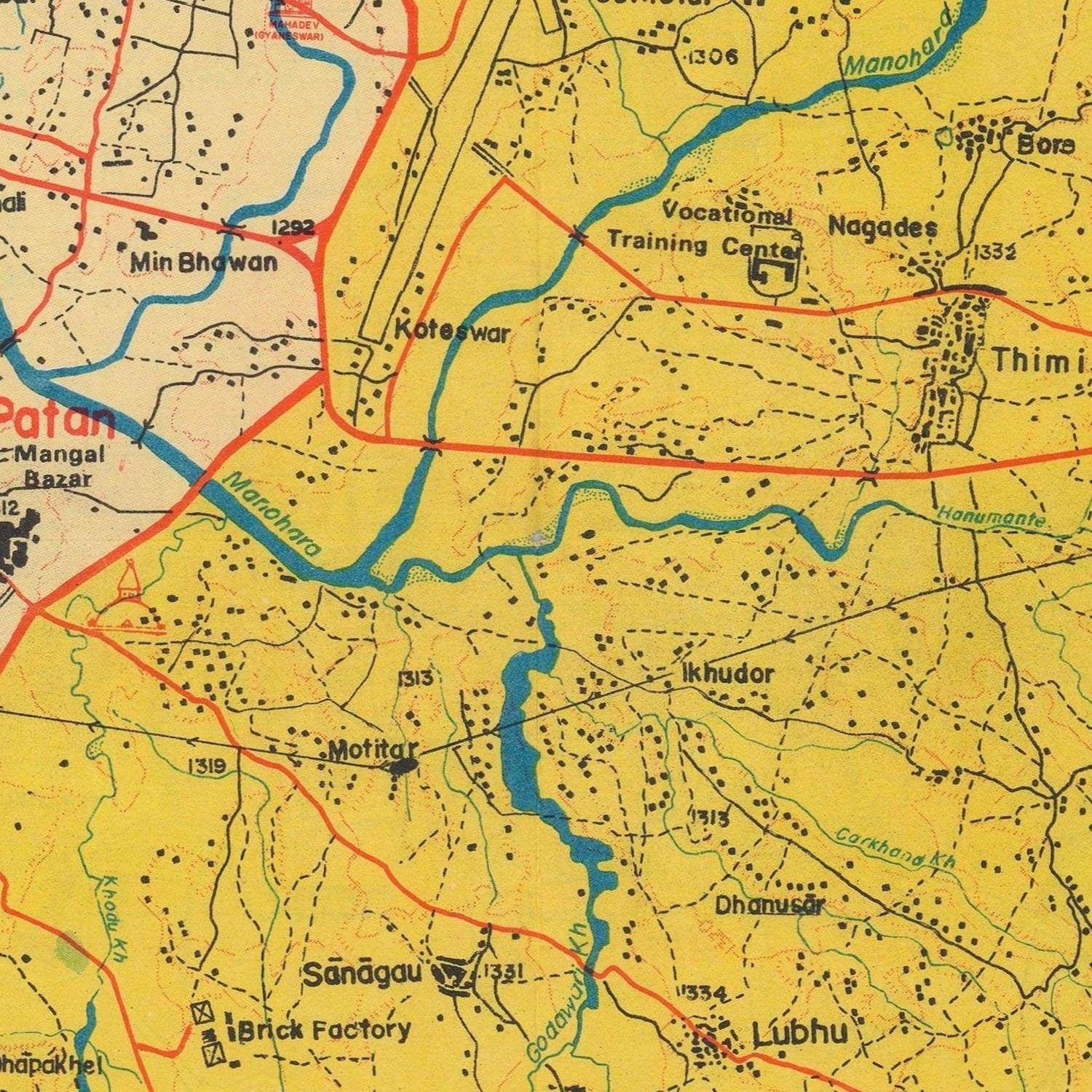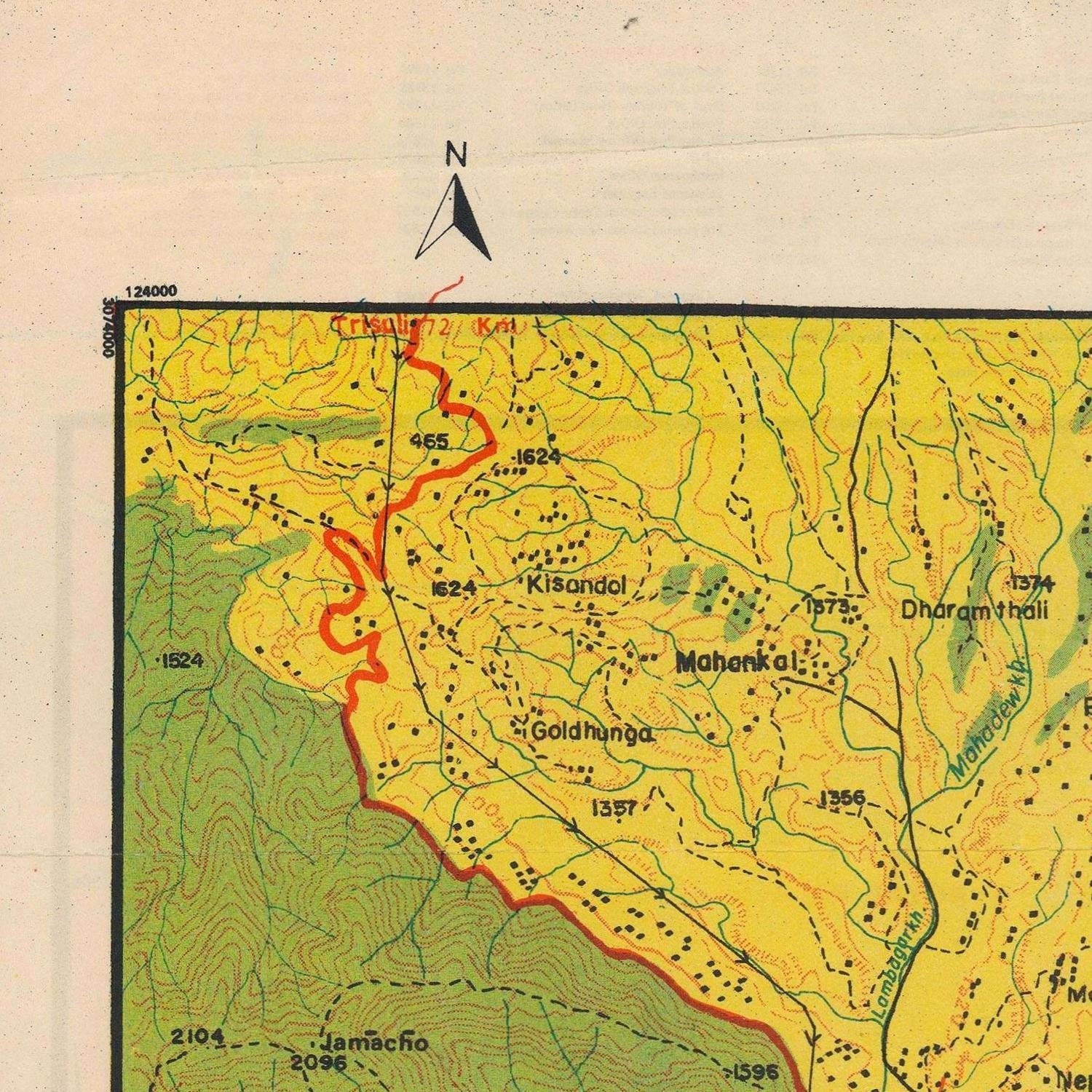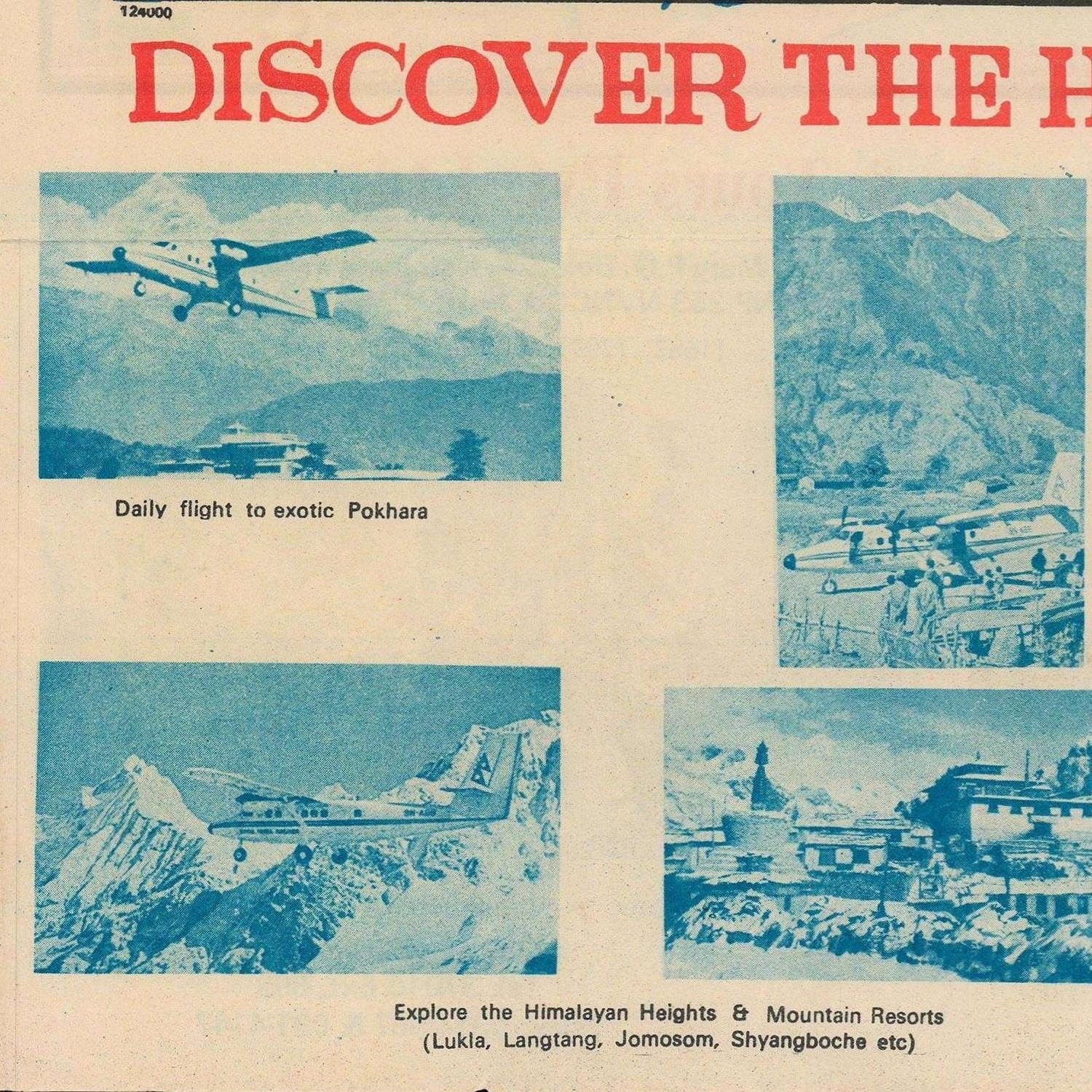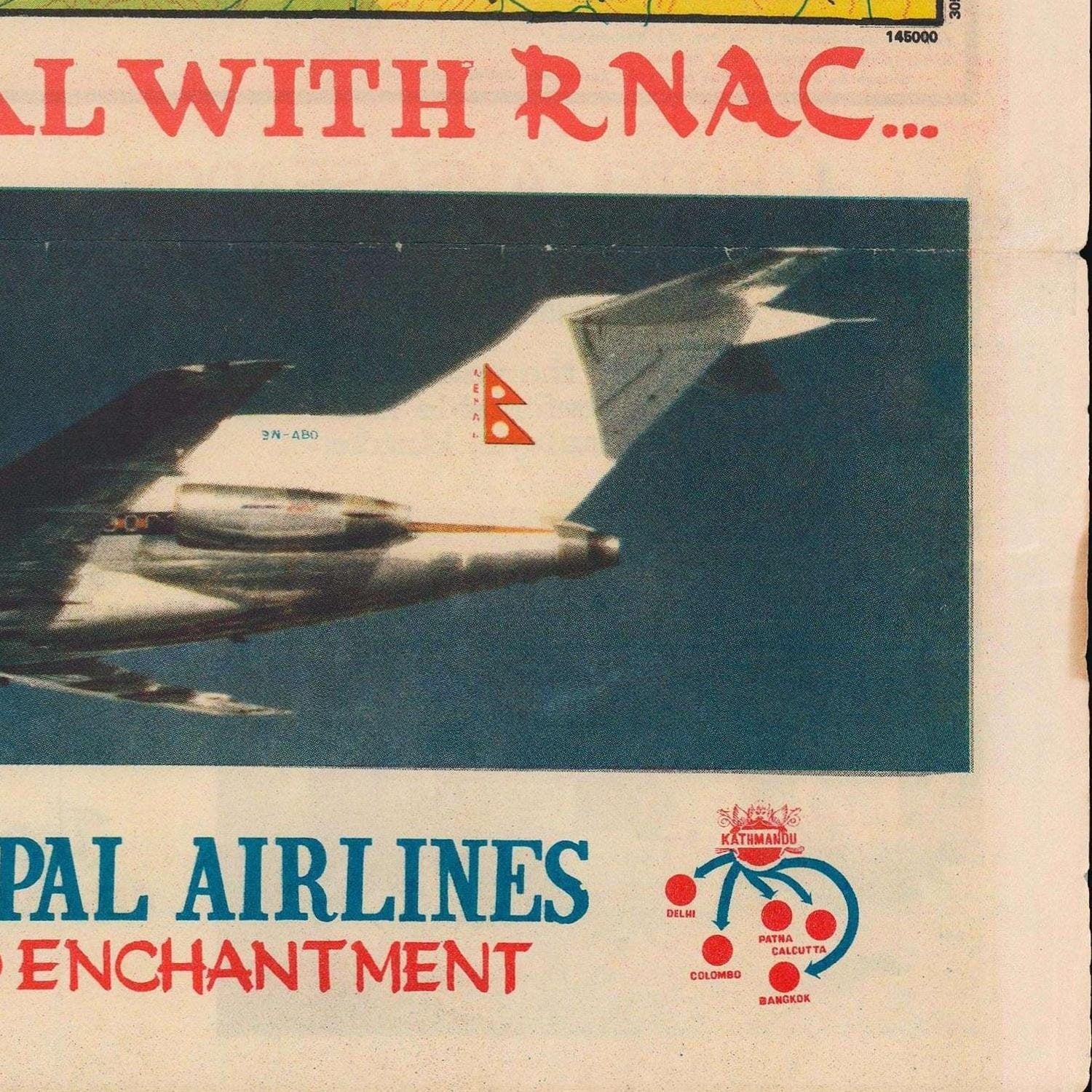Verfügbarkeit für Abholungen konnte nicht geladen werden
In the early 1970s, the Kathmandu Valley was a captivating oasis of culture, nestled within the heart of Nepal. This valley, cradled by the lush hills of the Himalayas, held an aura of ancient mystique, drawing travelers and seekers from far-flung corners of the globe. It was a time when tradition and modernity delicately intertwined, giving rise to a unique tapestry of life.
At the center of it all were the traditional Newar communities, whose roots in the valley spanned generations. Their architecture told stories of craftsmanship and heritage. Intricately carved wooden windows adorned brick houses, reminiscent of a bygone era. Pagoda-style temples dotted the landscape, testaments to the artistic brilliance of a people deeply intertwined with their surroundings.
Urbanization had yet to fully make its mark, leaving room for the valley's serene beauty to flourish. Open spaces, fields, and terraced farmlands provided a sense of tranquility, a respite from the frenetic pace of modern life. The valley was a haven for those seeking a break from the tumultuous world, a place where the Himalayan peaks could be admired in all their majesty on clear days.
Foreign influences were beginning to seep in, most notably with the influx of the hippie movement. Kathmandu, in particular, became a magnet for these free spirits, drawn by the promise of enlightenment, adventure, and a chance to connect with something deeper than themselves. The valley's energy was infused with the vibrancy of these seekers, sparking a cultural exchange that would leave a lasting mark.
The infrastructure, while more rudimentary than today, was sufficient for the needs of the time. The valley's winding roads connected its ancient towns, each with its own distinct character. Transport was simple but functional, and the pace of life allowed for meaningful interactions.
Religion and spirituality permeated daily life. Temples, monasteries, and stupas were not just relics of the past but active centers of worship and devotion. Pilgrims and locals alike found solace in the valley's spiritual ambiance, a connection to something timeless.
Cultural diversity was a defining feature. The valley was a melting pot of ethnicities, languages, and customs. This diversity was evident in the markets, where traders from different regions came together, bringing their unique flavors, crafts, and stories.
While the Kathmandu Valley of the 1970s possessed an undeniable charm, it was not without its challenges. The transition into modernity, while promising progress, also brought issues like traffic congestion, pollution, and strains on infrastructure. The delicate balance between preserving the past and embracing the future would become an ongoing endeavor.
In hindsight, the 1970s were a pivotal moment in the valley's history. It was a time when the ancient and the contemporary coexisted, when the world's gaze turned toward this hidden gem in the heart of Nepal. The Kathmandu Valley of the 1970s was a testament to the enduring spirit of a people and a place that continue to captivate the imagination.
Materials
Materials
Cotton canvas, matte photo paper, fine art paper, pigmented inks.
- The canvas it's 99 % cotton, 450 gr/sqm;
- The matte photo paper it's acid-free (archival paper), 190 gr/sqm;
- The fine art photo paper it's satinated (semi-glossy), 140 gr/sqm.
Shipping & Returns
Shipping & Returns
Dispatching time: 1-2 days.
* Standard shipping fee: The orders will be sent by priority registered mail, usually via client National Post (USPS, Canada Post, Royal Mail, LaPoste, Deutsche Post, PostNL, etc). The delivery times are not guaranteed, sometimes it will take longer and these are beyond our control. Tracking number will be provided. Clients from US and Canada cannot track the parcels as the tracking numbers are not rolled in USPS and Canada Post systems.
* UPS standard: The orders will be sent with UPS expedited option. The delivery time it's between 5-11 days. Tracking number will be provided after dispatch.
* UPS express: The orders will be sent with UPS express saver. The delivery time it's between 4-7 days. Tracking number will be provided after dispatch.
Framing tips
Framing tips
Both type of materials, paper and canvas prints come rolled and will be need to be taken to your local framers.
The image it's printed with a border of 0.6 " (1.5 cm), for framing purposes only.
If you have already a frame, be sure you send us the exact size of the print that will fit inside the frame. We're printing on vectorial plotters so the size could slightly be more or less with 0.4" (1 cm).
If you plan to have the canvas print stretched on wooden frame, you'll need additional border, so please let us know after placing the order.
The images above was cropped from the image at the biggest size available (keeping the best quality and aspect /ratio), so, for good details please choose biggest dimensions that will suit your preferences / space.
Care Instructions
Care Instructions
The print media (canvas or photo paper) could be cleaned only with a dry, soft cloth.
Share
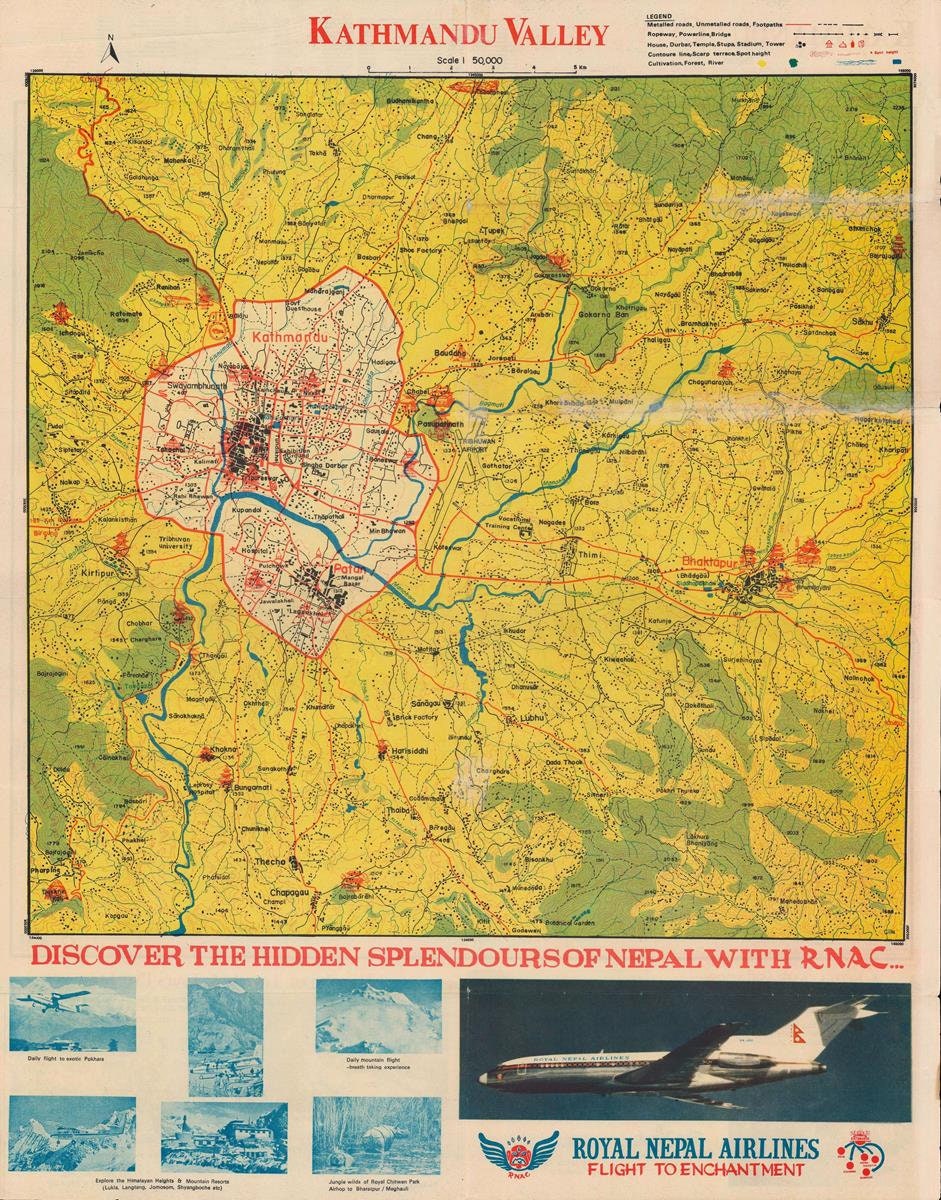


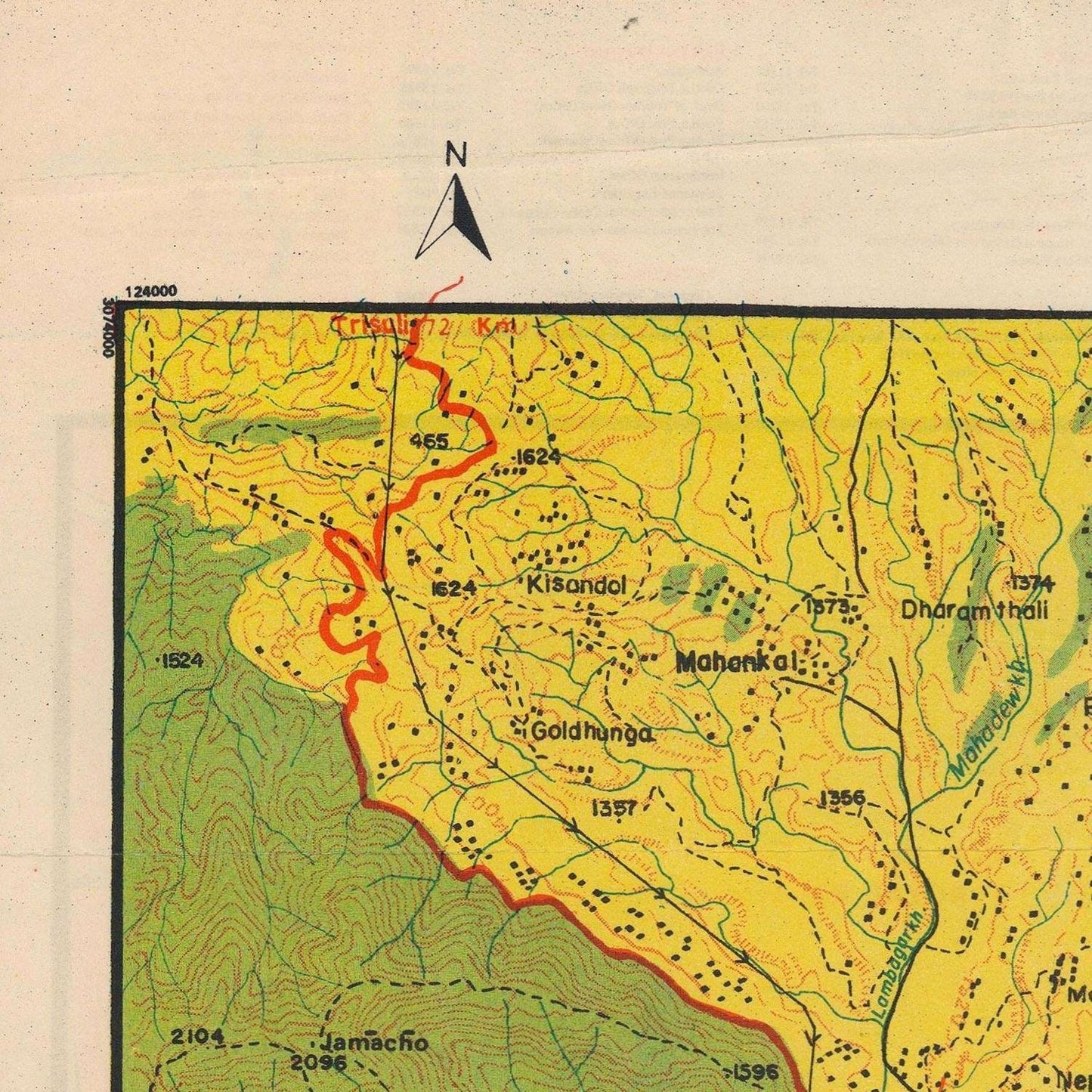
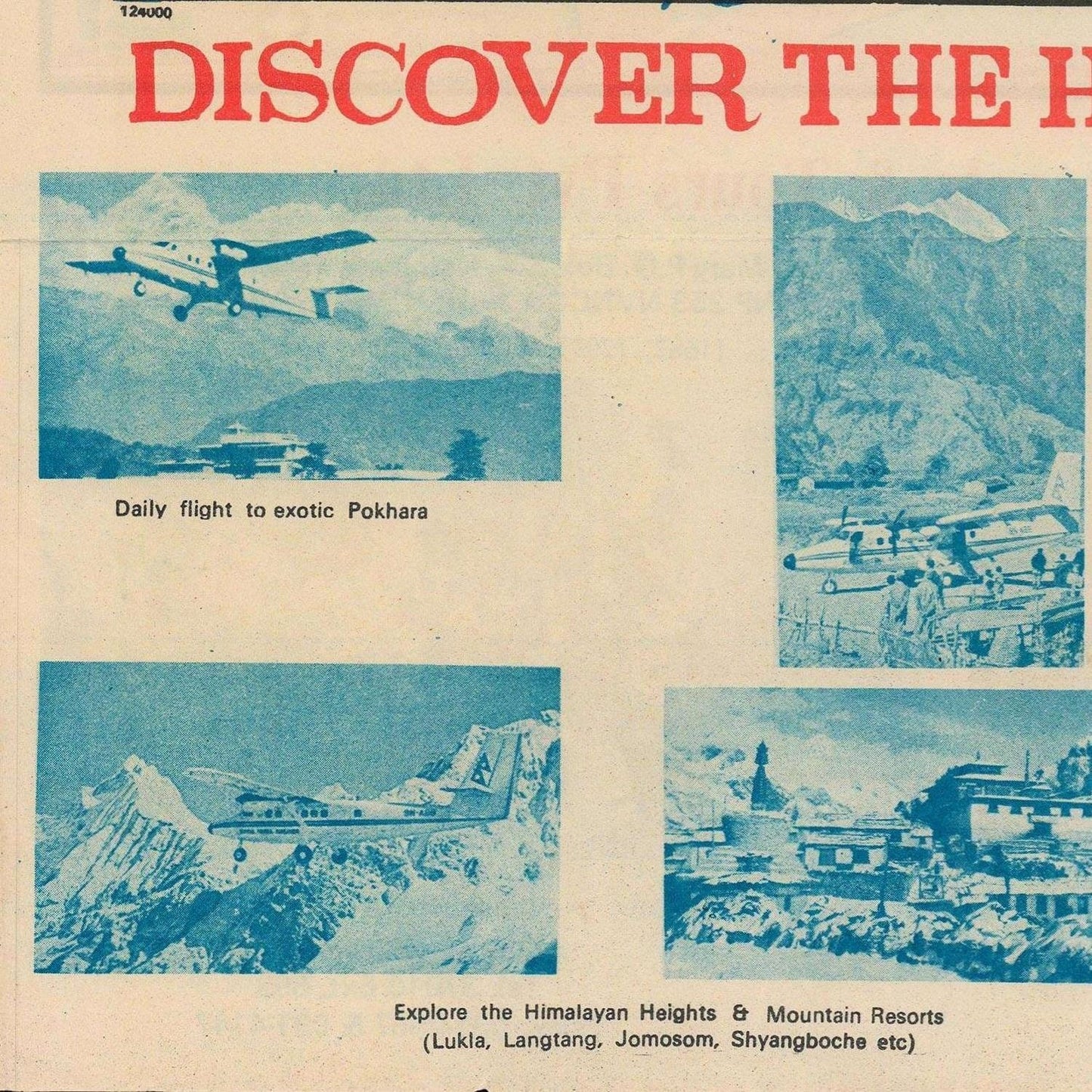
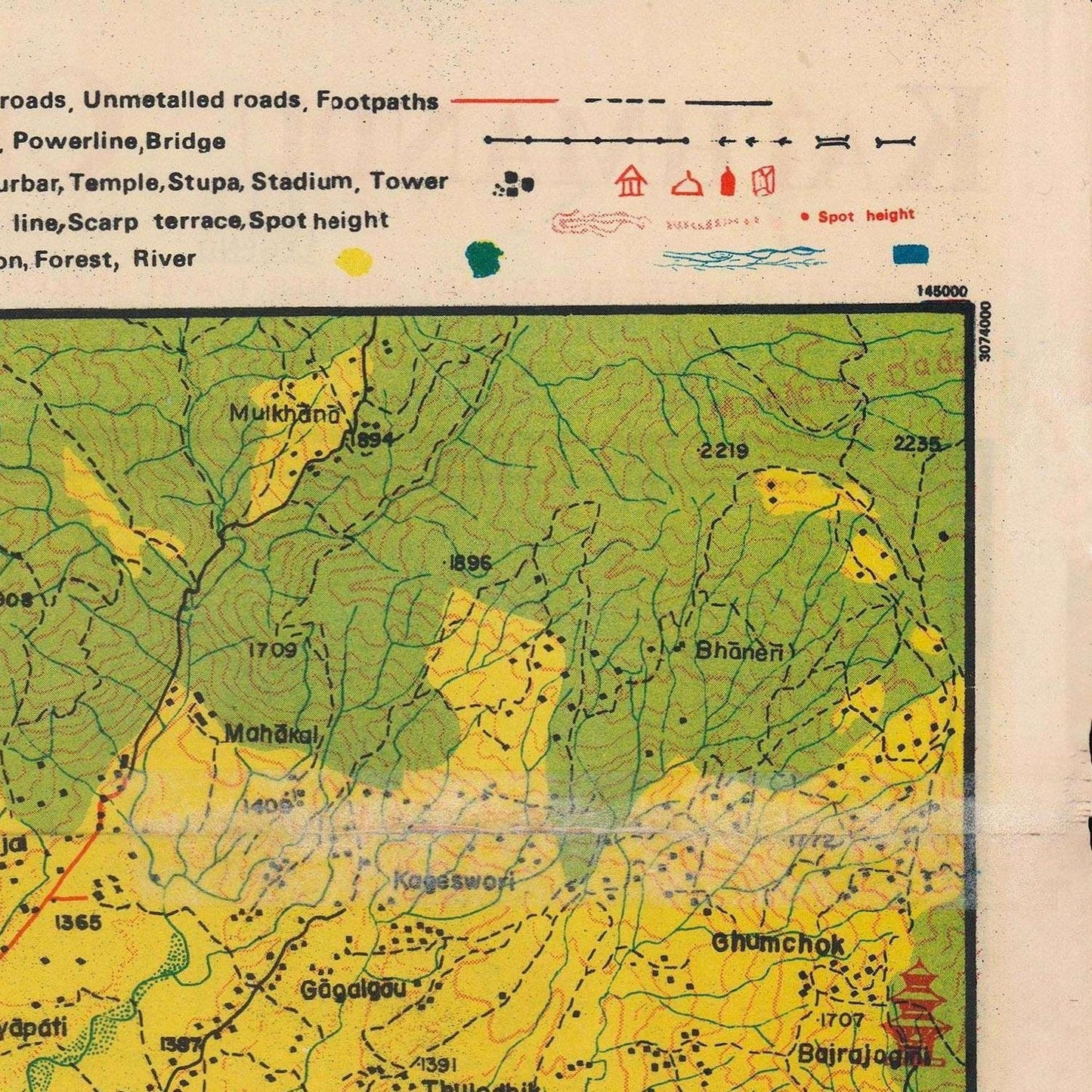
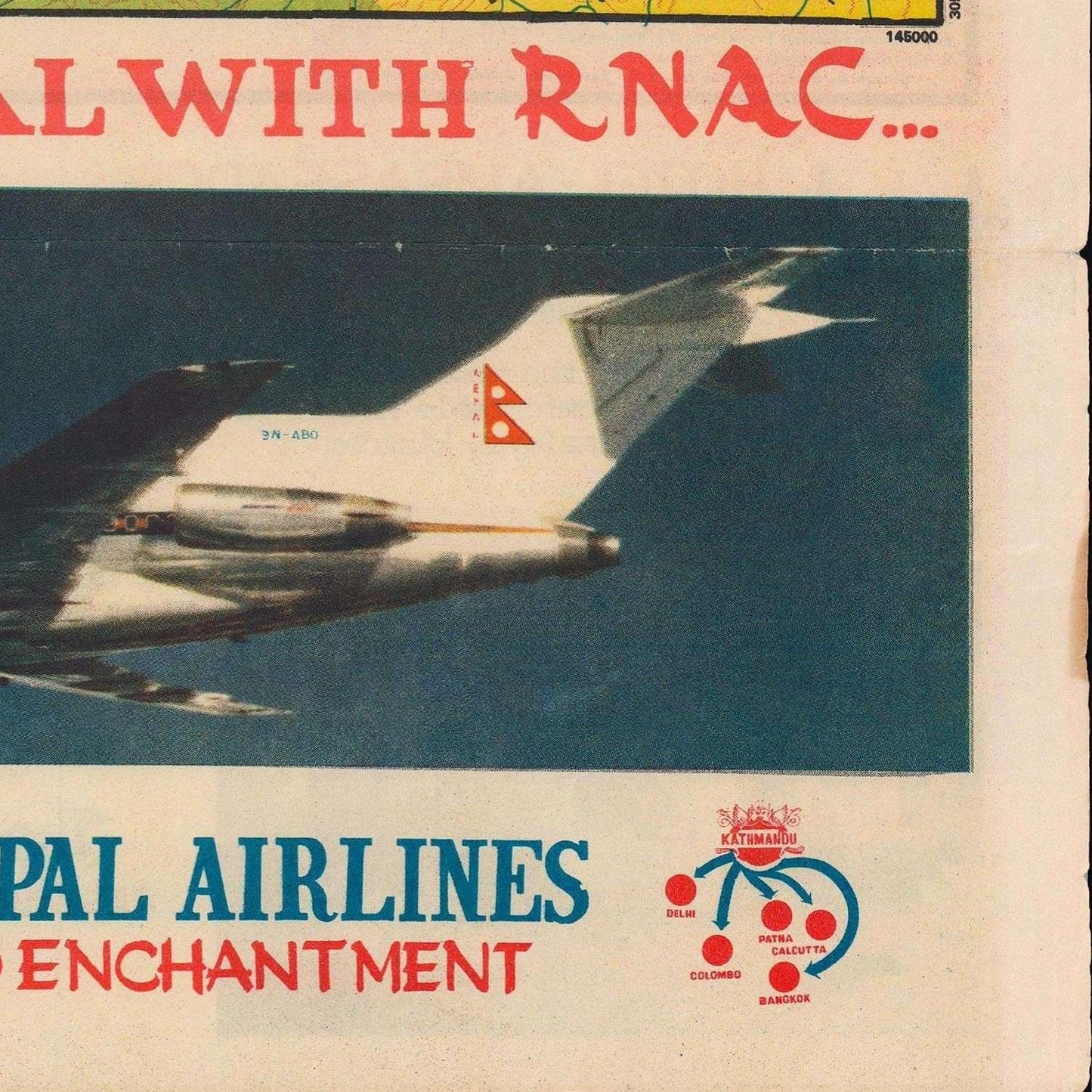
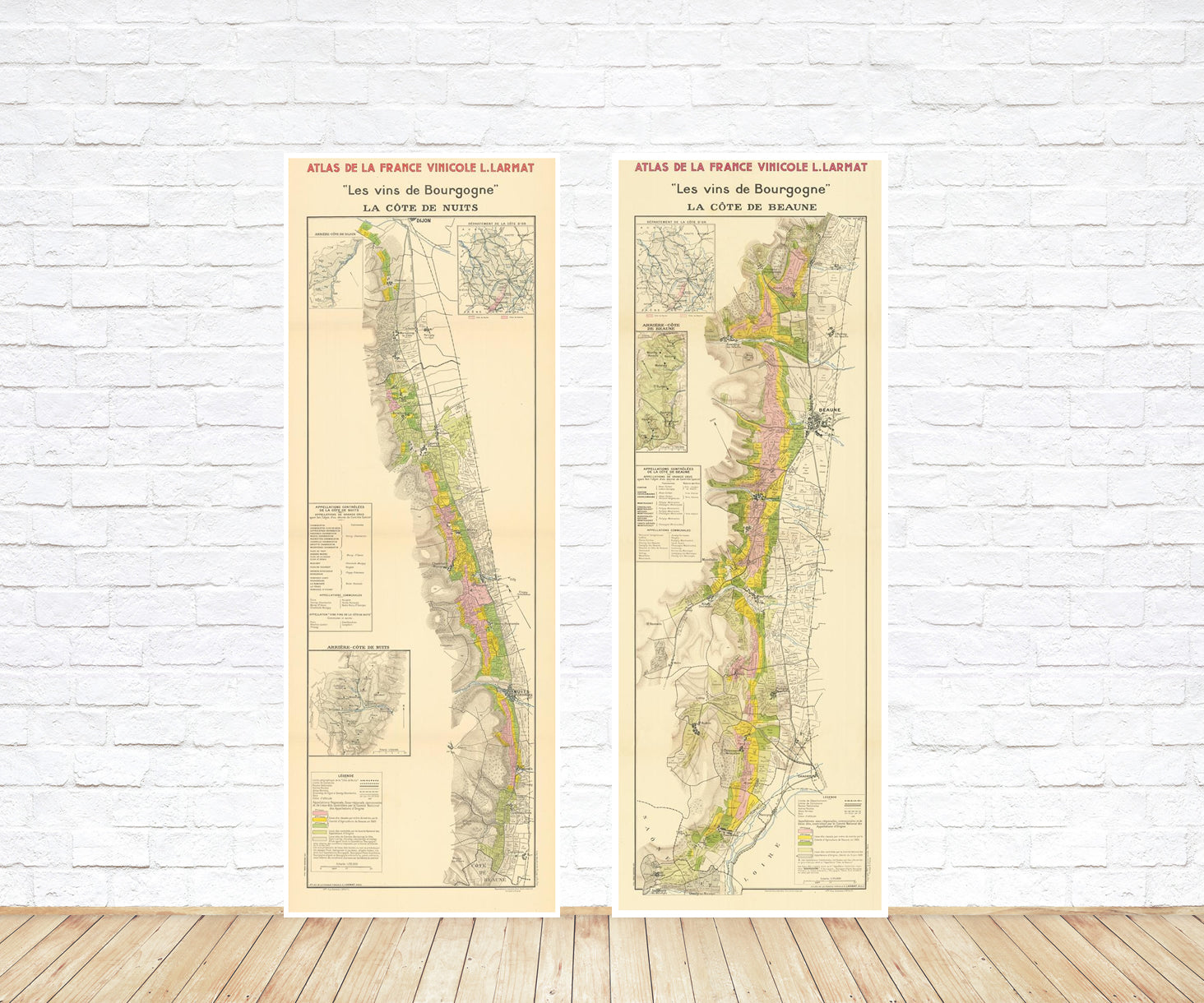
Wine maps
Explore the rich history of wine through centuries-old maps. Dive into the heritage, culture, and geography of wine regions with our collection of vintage wine maps.
These meticulously preserved historical treasures offer a window into the evolution of viticulture, showcasing how wine regions have transformed over the centuries.
-
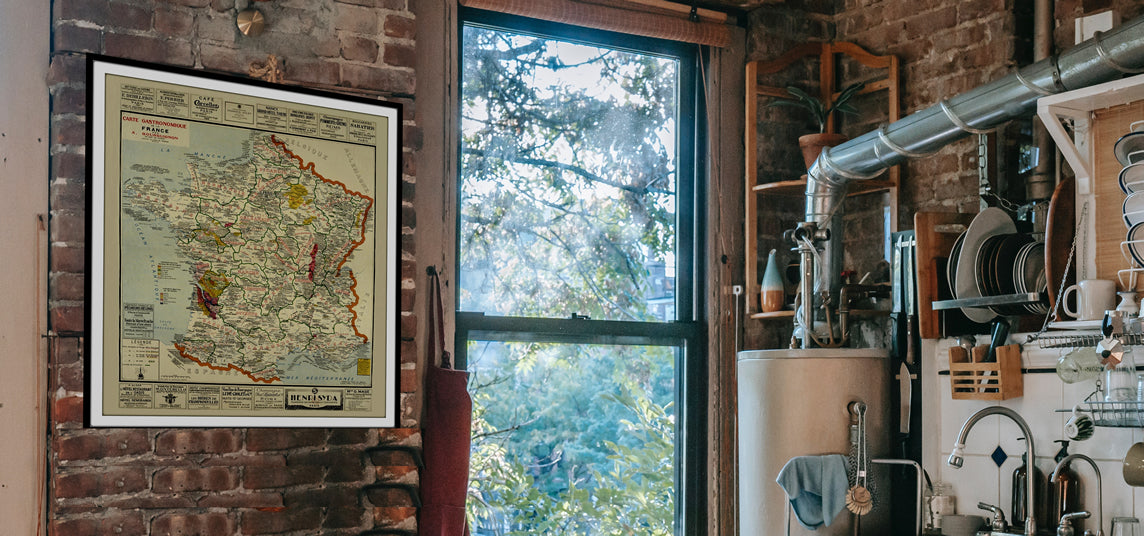
Gastronomic maps
Dive into a world of culinary exploration with our collection of gastronomic maps – your passport to gastronomic adventures like no other. Discover the intricate art of cheese-making and the exquisite world of gourmet delights through our meticulously curated Cheese Maps and Gastronomic Maps.
-
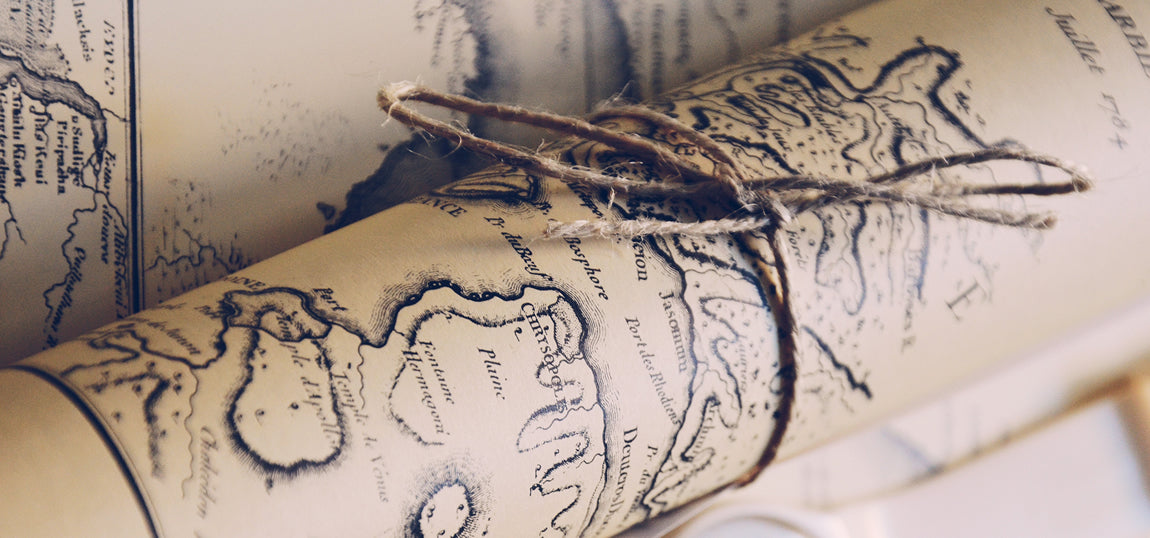
Empires maps
Travel through history as you explore the territorial expanse, conquests, and cultural influences of some of the world's most powerful civilizations. Our antique maps bring the epic tales of empires to life, offering a captivating glimpse into the rise and fall of these extraordinary realms. See all empires maps >

